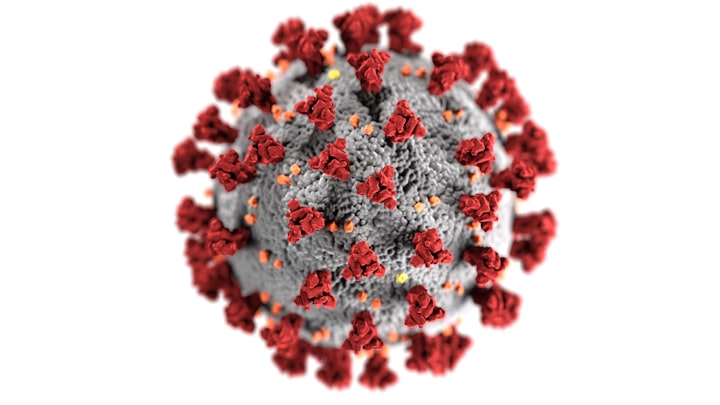Impact of covid-19 in india in 2020
India's central government recently announced a $1.5 billion stimulus package for food security, health, and education.
A pandemic has reached India, which is a cause for concern, and the nation is already fighting it. I understand that this is the first review of its kind on the Indian population, which summarises and tries to highlight the impact of COVID 19 on India. Asian countries from 07 November 2020 India has the highest number of confirmed cases in the world, with 1.2 million cases and a mortality rate of 4.5%.
With the number of COVID-19 cases dangerously rising to over 200,000 and the death toll exceeding 8,000 worldwide, the World Health Organization declared the outbreak a pandemic almost two years after the first appearance of the novel virus. Nearly 162 countries have been locked out and businesses around the world are under a state of emergency because of the high risk of infection and death from the new virus. The ongoing pandemic has created the need to build a stronger immune system, although strengthening the immune system is not a process that will happen overnight.
Early implementation of the lockdown measures has initially reduced the number of cases and allowed time for improvements in medical infrastructure. After the nationwide blockade, India's economy was hit hard by unemployment and a sharp slowdown in growth. The situation, together with high unemployment in many other developing countries such as China, has led to extremely volatile market conditions.
This is essential for the vaccine to be developed and used in India, as well as for the development of a vaccine against other diseases such as malaria and tuberculosis.

First, the spread of COVID 19 in India has been characterized by a low number of deaths compared to the numbers in many industrialized countries. India is one of the most vulnerable countries in the world to this disease, which is a constant threat due to hygiene problems, poor sanitation and lack of access to clean water and sanitation. COID 19 infection rates and deaths were quite uneven, with Maharashtra being the most affected state, accounting for more than 80% of all deaths from the disease in 2014, according to WHO - 15.
In this context, this is the first study to ever examine the impact of COVID 19 on disability - adapted life years in India. On 20 December 2020, 19 infections were recorded for the first time and the total number of deaths from the disease in 2015.
In January 2020, the World Bank's economic forecast indicated a 2.5% decline in China's gross domestic product (GDP) in the first half of 2020. With India plunging into a deep recession in 2020, China has avoided a downturn. In India, the World Bank revised down its growth estimates to 9.6%, from 10.2% previously.
A new analysis by the Pew Research Center finds that India's middle class will shrink by an estimated 32 million by 2020 as a result of the downturn, compared to the number it might have reached without the pandemic. KPMG India estimates 1.5 million jobs will be lost in the first half of 2020, down 2.2 million from the previous year.
Motilal Oswal's research suggests that a single day of total lockdown could reduce annual growth by 14 to 19 basis points by 2020. In its report, KPMG India estimates that India's GDP growth rate could fall to 3% if the virus continues to spread in India. In the second scenario, in which India controls its spread, there is no significant global recession, and growth could be between 4.5 and 5.0%. More broadly, the lockdown measure is seen in the 2020-2026 forecast as a major threat to India and its economic growth.
As the impact of the pandemic on the economy continues to unfold, it is forecast that it will take longer for economies to recover and reach pre-Covid 19 levels, if only until 2022. Like other governments, the Indian government is struggling to implement stimulus packages and stimulus packages to respond to the devastating socio-economic effects of pandemics. After the outbreak of pandemics, it came up with something - the way we eat, at the expense of long-term economic growth and the development of a more robust economy.

India's central government recently announced a $1.5 billion stimulus package for food security, health, and education.
As new data becomes available, we will continue to document trends over time and assess whether these stimulus measures help to accelerate the recovery in household incomes and spending. We will also examine why some individual households took longer to recover from the impasse than others, and try to understand what drives the long-term impact of COVID 19 on household income and spending. In parts of Jharkhand and Chhattisgarh, we are investigating the impact of the blockade on household incomes, health and education spending, and food security and health outcomes.
About the Creator
Sulav kandel
Im a contain writter.







Comments
There are no comments for this story
Be the first to respond and start the conversation.